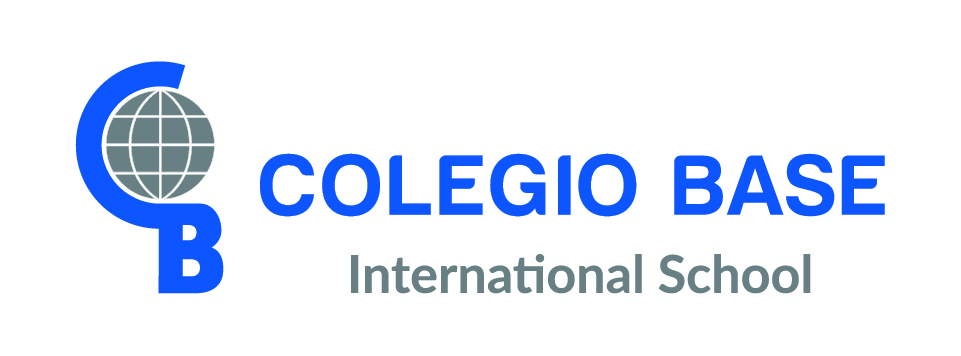The school, in line with its methodology of innovation, has put in place the routine classroom use of iPads and interactive whiteboards. In addition, robotics and programming projects have been incorporated from Infant level to Baccalaureate.
- Osmo Project: during Infant Education, students work the concept of the “Flipped classroom”. They record a video where they explain to their peers how to work with the Osmo device and the iPad to achieve the goal of the educational game.
- Bee-bot: Primary students are presented with a series of intellectual challenges related to the subjects of language and mathematics so that they can solve them and achieve the goal.
- 3D printing: during Secondary Education, the subjects of mathematics and art and design work together to design and print three-dimensional figures designed by mathematical functions.
- emotional and social education
Social Emotional Learning, SEL, refers to the process by which students learn the knowledge, attitudes, and skills necessary to carry out five major tasks:
- Recognize and manage emotions (consciousness of self)
- Set and achieve positive goals (self-management)
- Show interest and concern for others (Social consciousness)
- Establish and maintain positive relationships and effectively manage interpersonal relationships (Skills in relationship management)
- Make decisions responsibly
Focusing on the emotional and social development of our students adds considerable value to our educational model.
At the school, we develop our own programme of emotional, interpersonal and intrapersonal intelligence, working on emotional development and social relations in the conviction that empathy, respect, creativity, responsibility, assertiveness, self-control, etc. are skills that are learned and that caring for the emotional dimension contributes to the welfare and personal development of our students, supports their commitment to learning and lays the foundation for their moral development.
Among our work goals, three key areas can be highlighted: personal development, where we work on self-knowledge, self-esteem and autonomy in order to self-regulate behaviour; social development, as an ability to effectively relate to and interact with others; and moral development, building the capacity to regulate interpersonal relationships and being sensitive to the needs of others.
The socio-emotional competencies form a system, with a cognitive base, in which the skills are interrelated. Therefore, the functioning of one of them affects the operation of the rest. However, for greater teaching ease, we group them according to the development area to which they are linked. With this scheme, during each academic year, we work to address the three components:
- Emotional Development
- Improved self-esteem.
- Increased empathic ability.
- Development of emotional expression.
- Cognitive Development
- Increased capacity for self-control.
- Responsible decision-making.
- Consolidation of healthy and pro-social values.
- Social Development
- Improving skills for group interaction.
- Expanding the repertoire of self-affirmation skills.
- Development of skills for assertive opposition.
Emotional Education at our school is cross-curricular, using different tools which we design to match the age of the students and which any teacher can use in the classroom. Its aim is to promote the recognition and management of emotions, as well as the internalization of the mechanisms that regulate social relations.
Moreover, our model applies explicitly in the weekly sessions planned in our Tutorial Action Plan. In it, we include activities from the educational resource “tool bank” which the Fundación Botín facilitates for us, as our school is a member of its Responsible Education programme, which enriches our networking with other educational centres. We also work with the educational resources ReflectArt and Choir of Emotions with this organization, applying them to artistic education in the fields of music and art/craft.
Our social and emotional education project also includes resources from other authors recognized for their effectiveness, as well as prevention programmes such as that on living together at school and the specific programme “Respect and Protect” in which students learn to identify their state of psychological well-being, the need to protect themselves, and the importance of defending their rights.
In addition, during the Primary Education stage, we dedicate 15 minutes a day to learning relaxation techniques. This activity is integrated into the programming of the emotional education project, including techniques such as Mindfulness (thoughtful awareness), meditation, breathing techniques, progressive muscle relaxation, listening to music for this specific purpose, etc.
In this way, the whole social and emotional education project is interlinked with the Neurodidactis project, sharing the principle that “there is no learning without emotion” and therefore also integrates with other differential projects (such as A Flying-off Platform, Project OAVL, Hands On, Ecobase, charity projects, etc.)
